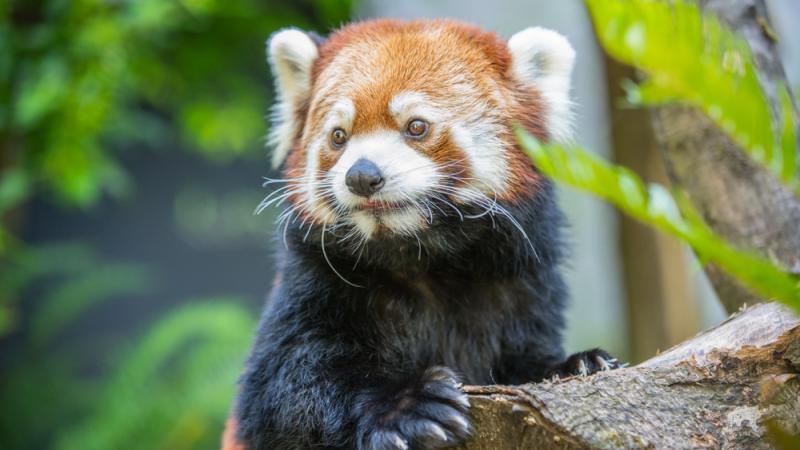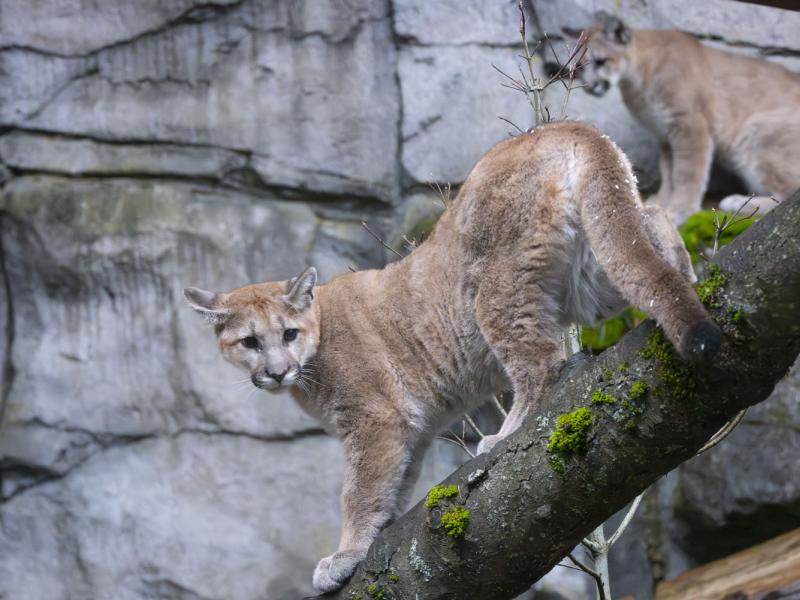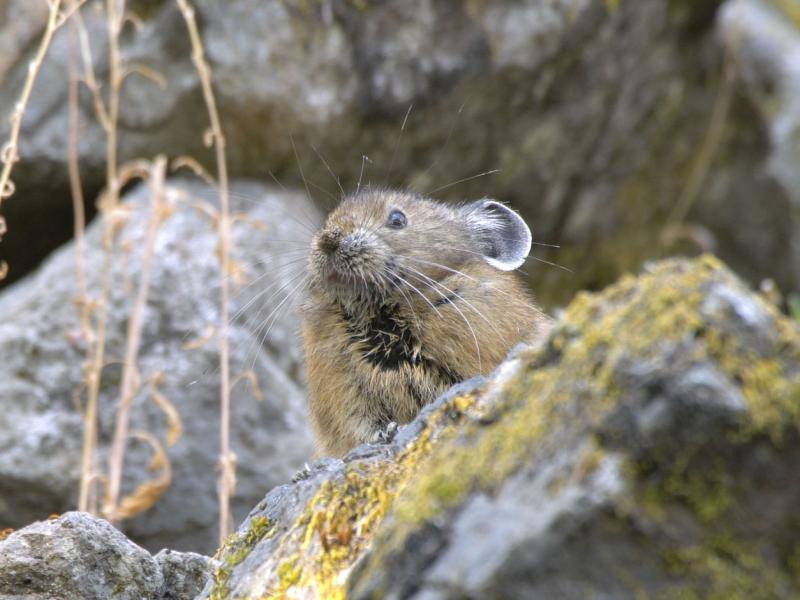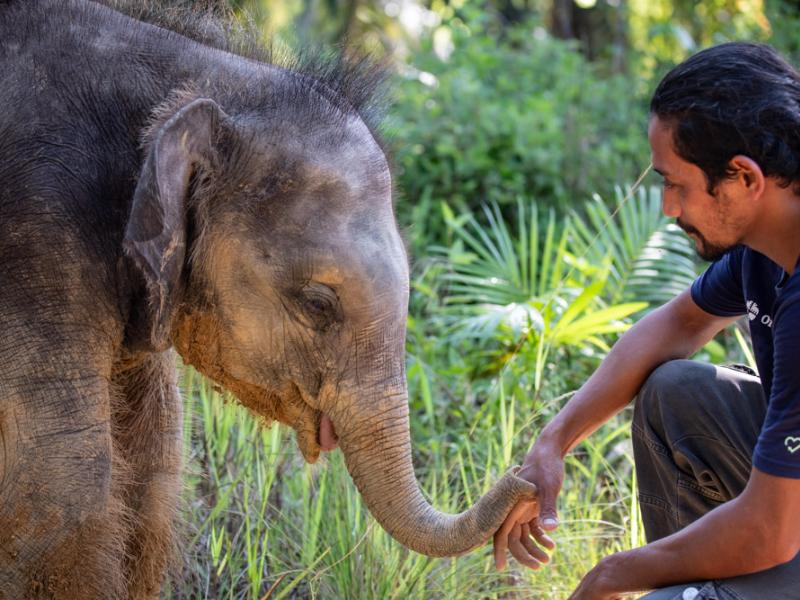Double the cuteness: Zoo welcomes second red panda

Moshu, a furry 7-year-old tree dweller, is settling into his new home with Mei Mei
What could be cuter than a red panda? Two red pandas! Moshu, a fluffy 7-year-old, was reunited with his longtime companion Mei Mei at the Oregon Zoo earlier this month, and is settling right into his new habitat.
"Moshu and Mei Mei know each other well, and it's wonderful to see them pick up where they left off," said keeper Sara Morgan. "He's a sweet, curious red panda and we're so excited to have him here."
Mei Mei arrived at the zoo last spring, and quickly became a favorite of care staff and visitors alike. Although wild red pandas are solitary, spending most of their time alone or in small groups, Moshu and Mei Mei have spent time together in the past, and keepers anticipate the pair having lots of fun together.
The two furry tree dwellers can be found in the red panda habitat located in the heart of the zoo, near the train station and the Education Center. Moshu has full access to the habitat now, but like his pal Mei Mei, he may not be visible all the time.
"Red pandas are known for their climbing ability, and Moshu is no exception," Morgan said. "If you visit Moshu and Mei Mei at the zoo and don't spot them right away, be sure to look up — they like to spend time in the tops of trees."
Morgan says red pandas also spend a fair portion of their days napping, and Moshu and Mei Mei might be snuggled up in their den box or snoozing in their indoor area.
Though they share part of their name with giant pandas, red pandas are in a class all by themselves: The sharp-toothed, ring-tailed omnivores are the only members of the Ailuridae family. Found in the montane forests of the Himalayas and major mountain ranges of southwestern China (Nepal, India, Bhutan, China and Myanmar), their striking red, white and black fur provides camouflage in the shadowed nooks of the trees amongst reddish moss and white lichens.
Red pandas are an endangered species with populations declining by about 50% in the past 20 years. While exact numbers are uncertain, there could be as few as 2,500 left in the wild. In addition to habitat loss and fragmentation, they also face threats from poaching and the illegal wildlife trade. Accredited zoos are participating in coordinated breeding programs to help preserve them.
Moshu came to Oregon on a recommendation from the Species Survival Plan for red pandas — a cooperative program among zoos that helps create genetically diverse, self-sustaining populations to guarantee the long-term future of animals. These SSPs also support relevant field projects, research and public education to help prevent animal endangerment and extinction.
More News

Rescued cougar cubs are venturing out
A pair of orphaned cougar cubs, rescued and brought to the zoo by Washington Department of Fish and Wildlife staff in November, have begun exploring their outdoor habitat.April 17, 2025

Zoo seeks pika watchers for summer season
The Oregon Zoo is recruiting volunteers for Cascades Pika Watch.April 15, 2025

Zoo convenes action for imperiled elephants
Sabah government representatives joined conservation NGOs, local communities, palm oil producers, and tourism operators this week in the fight to save the world’s smallest elephants from extinction.April 11, 2025

